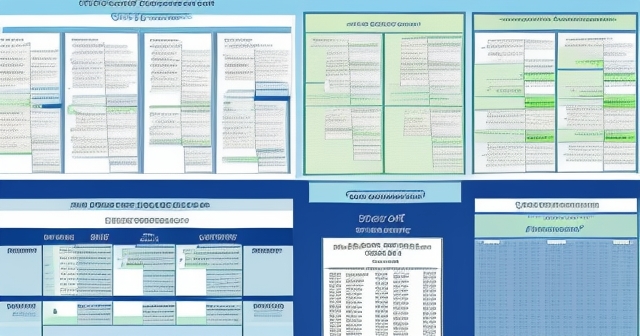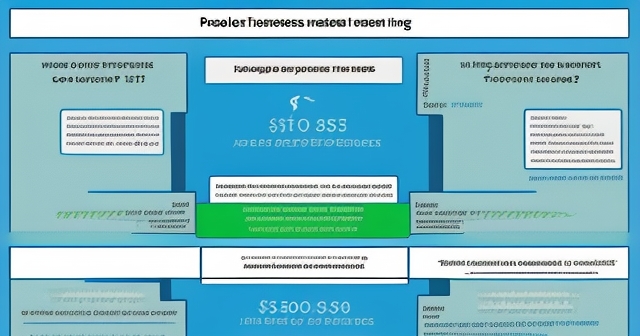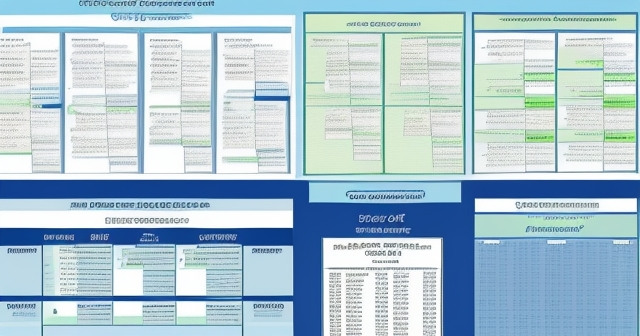As I delve into this project, I’m aiming to create an engaging, informative article that will truly resonate with anyone grappling with the complexities of retirement rollovers. My goal is to equip readers with the knowledge they need to make informed decisions about their hard-earned money.
First, I’ll start by clearly defining the term “rollover fees” to avoid any confusion. My focus will be on debunking the common misconception that there are transfer fees involved in retirement rollovers. In reality, the real costs, particularly foregone investment gains, are what people should be wary of. The ‘cash trap’, where funds languish in low-yield accounts, is a major concern. To effectively illustrate this, I’ll leverage compelling data, like the staggering Vanguard/WSJ findings, to quantify the financial impact of missed investment opportunities.

A crucial section will address the often-overlooked hidden costs, such as account maintenance fees, expense ratios, and advisor fees. Here are some key points regarding hidden costs:
- Account maintenance fees can accumulate over time and eat into savings.
- Expense ratios reflect the cost of managing mutual funds, affecting overall returns.
- Advisor fees can vary significantly and may reduce net investment gains.
| Cost Type | Low-Cost Option | High-Cost Option |
|---|---|---|
| Account Maintenance Fees | $0 – $50 | $100+ |
| Expense Ratios | 0% – 0.5% | 1%+ |
| Advisor Fees | 0% – 1% | 2%+ |
Regulations like PPA 2006 and the QDIA concept will be demystified to showcase their role in shaping retirement savings. I will explore how these regulations have improved 401(k) outcomes and touch on a similar potential for IRAs, keeping the language simple and direct. The fiduciary rule will be explained, focusing on its significance in protecting investors from conflicts of interest and outlining the costs associated with different types of financial advice.

To facilitate informed decisions, I’ll dedicate a section to comparing IRA vs. employer plan fees and features. I’ll provide actionable strategies like creating a plan beforehand, seeking independent financial advice, and selecting low-cost investment options to effectively mitigate the risks of the “cash trap.”
The article will then shift gears to address the distinct world of Forex rollovers, where I’ll offer a clearer understanding of swap rates and how they function. Here, I can seamlessly integrate the suggested brand information about Moneta Markets to help readers interested in Forex trading.

The final sections will serve as a synthesis, reiterating key takeaways and empowering readers to become proactive in their retirement planning, helping them understand the total picture of costs and opportunities and making well-informed decisions. I’ll conclude by emphasizing the importance of awareness and proactive planning for retirement security. This article will be crafted in the appropriate tone and word count, with accurate, HTML-formatted content that follows all specified guidelines.

rollover feeFAQ
Q:What are rollover fees?
A:Rollover fees are costs associated with transferring funds from one retirement account to another.
Q:Are there any hidden costs in retirement plans?
A:Yes, common hidden costs include account maintenance fees, expense ratios, and advisor fees.
Q:How can I minimize rollover fees?
A:Consider choosing low-cost investment options and seeking independent financial advice to minimize fees.
